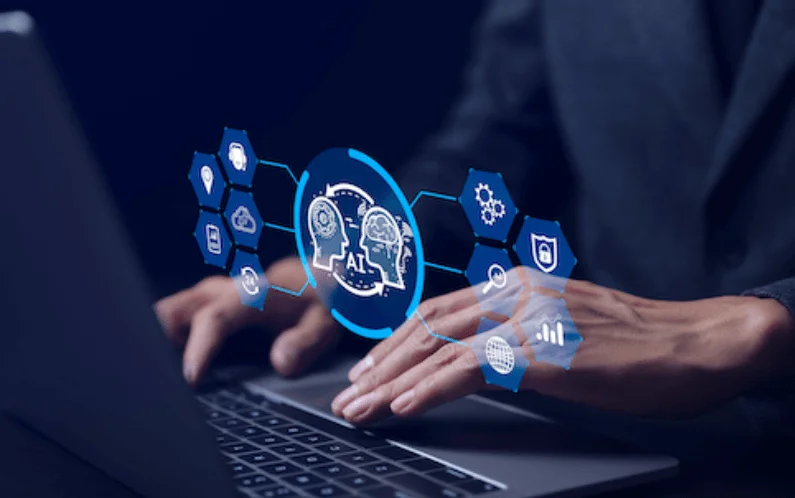In today’s rapidly evolving educational landscape, the integration of advanced technologies is fundamentally changing how students learn and how educators teach. Modern educational institutions have embraced various digital tools to enhance the learning experience and improve academic outcomes. The evolution of tech in classrooms has transformed traditional teaching methods, making education more accessible, personalized, and engaging for students of all ages.
The Digital Transformation of Classrooms
The modern classroom bears little resemblance to its predecessor from just a decade ago. Interactive smartboards have replaced chalkboards, tablets and laptops have supplanted traditional textbooks, and cloud-based learning platforms have made education available anytime, anywhere. This digital transformation has democratized access to high-quality educational resources, breaking down geographical barriers and creating more equitable learning opportunities.
Virtual and Augmented Reality Applications
One of the most exciting developments in educational technology is the widespread adoption of virtual and augmented reality. These immersive technologies transport students to different times and places, allowing them to explore ancient civilizations, dive into oceanic depths, or journey through the human circulatory system in three dimensions. The ai homework helper tools enhance these experiences by providing contextual information, personalized guidance, and adaptive feedback that helps students maximize their learning in these virtual environments.
AI-Powered Personalized Learning Paths
Artificial intelligence has revolutionized personalized learning by analyzing student performance data and customizing educational content to meet individual needs. These systems can identify knowledge gaps, recommend targeted exercises, and adjust difficulty levels in real-time. This level of personalization ensures that students receive instruction tailored to their unique learning styles, preferences, and pace, resulting in improved comprehension and retention.
The Rise of Adaptive Assessment Technologies
Traditional assessment methods are being complemented or replaced by adaptive testing technologies that provide more accurate measurements of student knowledge and capabilities. These sophisticated systems adjust question difficulty based on previous responses, creating a more precise evaluation of competency.
Continuous Feedback Mechanisms
Modern educational technologies provide immediate feedback to students, eliminating the typical delay between assignment submission and instructor evaluation. This real-time feedback loop allows students to correct misconceptions immediately and reinforces positive learning behaviors, significantly improving the effectiveness of study sessions.
Data-Driven Educational Decision Making
Educational institutions now leverage big data analytics to make informed decisions about curriculum design, teaching methodologies, and resource allocation. By analyzing patterns in student performance across various demographics and learning conditions, schools can implement evidence-based practices that maximize learning outcomes.
Collaborative Learning Platforms
Technology has dramatically enhanced collaborative learning opportunities through shared digital workspaces, real-time document editing, and multimedia project creation tools. These platforms facilitate teamwork and communication skills that are essential in today’s interconnected professional environments.
Global Classroom Connections
Digital technologies have eliminated geographical boundaries, allowing classrooms from different parts of the world to connect and collaborate. These global learning communities expose students to diverse perspectives, cultural contexts, and collaborative problem-solving approaches that prepare them for an increasingly globalized workforce.
Peer-to-Peer Knowledge Exchange
Online forums, discussion boards, and social learning platforms have created vibrant communities where students can share knowledge, ask questions, and provide support to their peers. These peer-learning networks often supplement formal instruction and provide valuable social learning experiences.
Challenges and Considerations
Despite its numerous benefits, educational technology integration faces several challenges that must be addressed to ensure equitable and effective implementation.
Digital Divide Concerns
Access to technology and high-speed internet remains uneven across socioeconomic groups and geographical regions. Educational institutions and policymakers must work together to bridge this digital divide to prevent technology from exacerbating existing educational inequalities.
Digital Literacy Development
As technology becomes increasingly central to education, developing robust digital literacy skills becomes essential for both students and educators. Comprehensive training programs must be implemented to ensure all stakeholders can effectively leverage these powerful digital tools.
Balancing Tech and Traditional Methods
While technology offers numerous advantages, educators must strike a balance between digital and traditional learning approaches. Human connection, hands-on experiences, and face-to-face discussions remain vital components of a well-rounded education that cannot be fully replaced by technology.
The Future of Educational Technology
Looking ahead, several emerging technologies promise to further revolutionize the educational landscape. Quantum computing may enable more sophisticated educational simulations, while advanced AI systems could provide even more personalized learning experiences. Brain-computer interfaces may eventually allow direct knowledge transfer, fundamentally changing how humans acquire information.
The integration of technology in education represents not just a change in tools but a paradigm shift in how we conceptualize teaching and learning. By embracing these innovations while remaining mindful of potential challenges, educational institutions can prepare students for a future where technological fluency and lifelong learning are prerequisites for success.
As we continue to develop and refine these educational technologies, the focus must remain on enhancing human potential rather than replacing human instruction. Technology should serve as an enabler that amplifies the impact of great teaching, creates more engaging learning experiences, and helps every student reach their full potential regardless of background or circumstance.
The educational technology revolution is still in its early stages, and its ultimate impact will depend on how thoughtfully we implement these powerful tools. With careful planning, continuous evaluation, and a commitment to equitable access, technology can help create an educational system that better serves the needs of all learners in our increasingly complex and rapidly changing world.
